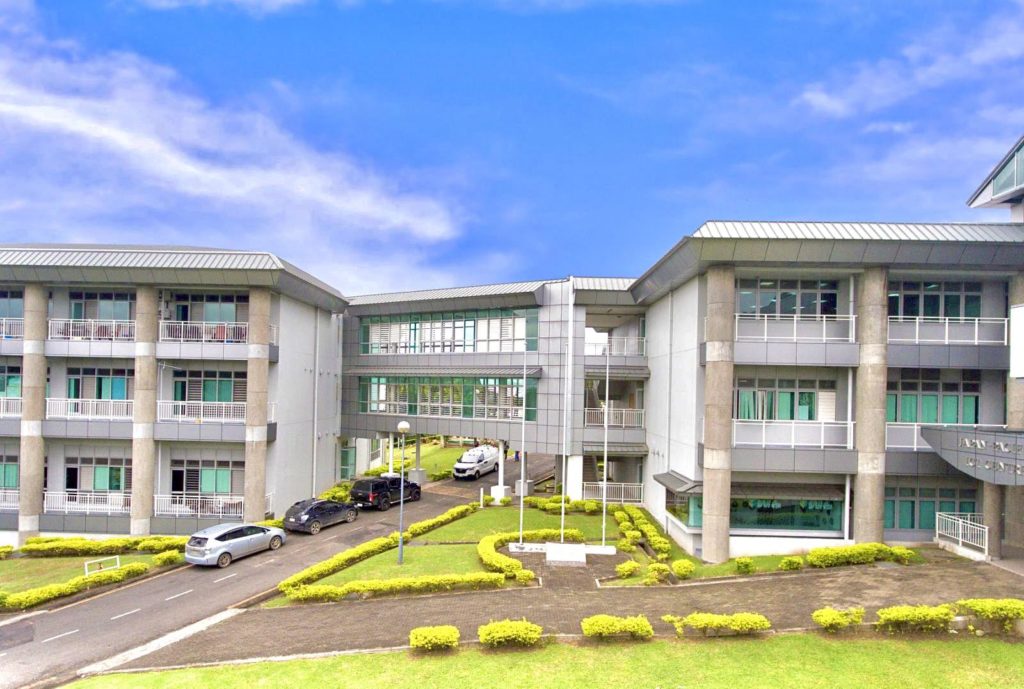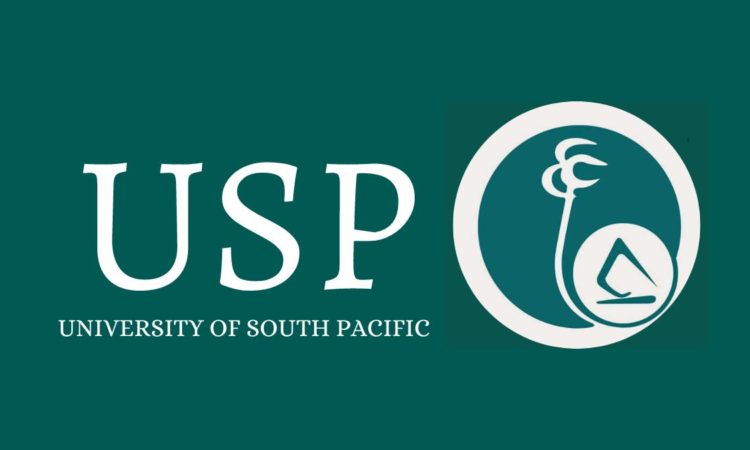The University of the South Pacific (USP) successfully maintained its Times Higher Education (THE) World University Rankings.
Placed in the 1001-1200 band on the THE World University Rankings, USP is the only tertiary institution in the Pacific region, besides Australia and New Zealand, to attain this feat for the third time in a row.

Worldwide, there are around 20,000 universities, as reported in the International Handbook of Universities. Within this context, USP’s ranking is remarkable.
USP’s placement in THE World University Rankings this year is extraordinary, given that more universities worldwide are now participating in the world’s largest and most diverse university rankings.
Of particular note is THE’s recognition of USP’s 59 female to 41 male student ratio.
USP has become and will continue to be an institution that works towards meeting the evolving development and educational needs of the Pacific and its people.
This recognition under THE WUR 2024 is only possible through the hard work of all USP staff and students. This ranking reflects teamwork and our drive towards maintaining global recognition.”
Our ranking shows the quality and relevance of the research being conducted by our staff and students, not only in the Pacific but also on the global stage. I am confident that we will be able to improve our rankings in years to come.
USP Vice-Chancellor and President Professor Pal Ahluwalia stressed while acknowledging the university’s achievement
2024 THE World University Rankings includes 1904 universities across 108 countries and regions, analysed over 134 million citations across more than 16.5 million research publications and included survey responses from 68,402 scholars globally.
USP was among the more than 2,673 institutions that submitted its data, contributing to over 411,789 data points collected altogether.
The Times Higher Education World University Rankings assesses university performance on the global stage and provides a resource for readers to understand the missions and successes of higher education institutions.
It also provides a definitive list of the world’s best universities, with an emphasis on the research mission and is the only global university league table to judge research-intensive universities across all their core missions: teaching (the learning environment); research (volume, income and reputation); citations (research influence); industry income (knowledge transfer) and international outlook (staff, students and research).

